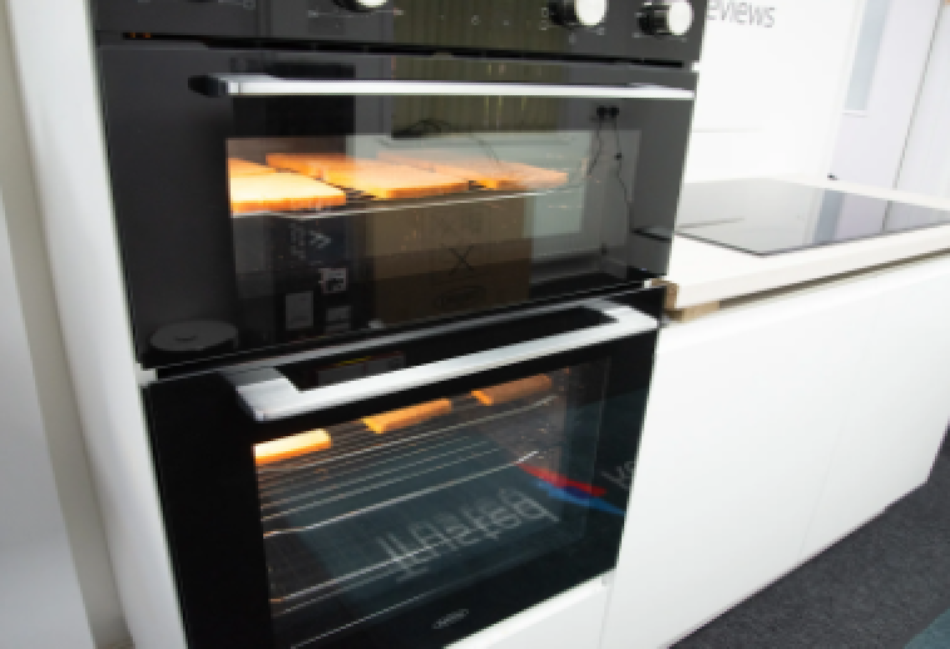In the vast universe of cooking appliances, one star has been silently revolutionizing modern culinary techniques – the Cook and Hold Oven. Its name might be straightforward, but the wonders it offers are manifold. Let’s embark on a gastronomic journey that delves deep into this cooking marvel.
Brief Overview of Cook and Hold Ovens
Before we delve deeper into the details, it’s important to set a clear understanding of what we’re discussing. Cook and Hold Ovens are specialized appliances designed primarily to cook food at a lower temperature over an extended period, and then to keep it warm without overcooking.
What are Cook and Hold Ovens?
Cook and Hold Ovens are culinary equipment that serves a dual purpose. They not only cook food slowly to perfection but also retain its warmth and freshness for extended periods. Think of them as a blend of slow cookers and warming cabinets, where food undergoes a controlled, low-temperature cooking process and then is held at a precise temperature, ensuring it remains moist and flavorful.
Why are Cook and Hold Ovens Important in Modern Cooking?
Modern-day cooking is not just about taste. It’s about the art, the science, and the precision. Cook and Hold Ovens embody all these elements, offering a plethora of benefits:
Consistent Quality: These ovens guarantee consistent results, ensuring every dish tastes as intended.
Energy Efficiency: Cooking at lower temperatures consumes less energy, reducing utility bills.
Space-saving: Being compact, they are perfect for kitchens where space is a premium.
Versatility: Suitable for various dishes, from meats to desserts.
How do Cook and Hold Ovens Operate?
Understanding the modus operandi of these ovens is crucial for harnessing their full potential. They work by slow-cooking food at a consistent low temperature, which allows for the flavors to develop without the risk of overcooking. The temperature control mechanism ensures that food remains at a safe holding temperature once cooked.
What’s the science behind slow cooking and holding?
Slow cooking is a time-honored technique. The gentle heat breaks down tough connective tissues in meats, rendering them succulent and tender. Additionally, it allows flavors to meld, resulting in a dish that’s bursting with taste.
How do these ovens maintain moisture and prevent food drying?
Their design, combined with technology, retains moisture. By maintaining a consistent, low temperature and reducing the evaporation rate, these ovens ensure that the food remains juicy and moist.
What are the different types of Cook and Hold Ovens?
These ovens come in various forms, each tailored for specific needs. Let’s delve into some popular types.
Under-counter Cook and Hold Ovens
Compact and efficient, they are ideal for smaller kitchens, providing the benefits of slow cooking without occupying much space.
Mobile Cook and Hold Ovens
Designed for mobility, they are perfect for catering businesses, allowing chefs to transport cooked dishes without compromising on quality.
Cabinet Cook and Hold Ovens
A favorite in commercial settings, these have a larger capacity and are ideal for preparing bulk meals.
Rotisserie Cook and Hold Ovens
Marrying the principles of rotisserie cooking with the benefits of slow cooking, these ovens are perfect for poultry and meat dishes.
What factors should you consider when selecting a Cook and Hold Oven?
Choosing the right oven depends on several factors. Here are a few to consider:
Size and capacity: Depending on your needs and kitchen space.
Mobility: Essential for catering services.
Energy consumption: For those conscious about utility bills.
Functionality: Some models come with additional features like smoking capabilities.
How much do Cook and Hold Ovens typically cost?
Prices vary based on features and sizes. Generally, they range from $2,000 for basic models to upwards of $10,000 for advanced, commercial-grade units.
What are the common maintenance practices for Cook and Hold Ovens?
Regular cleaning, checking the temperature calibrations, and ensuring the door seals are intact are key to their longevity.
Are there energy-efficient Cook and Hold Ovens?
Absolutely. Many brands prioritize energy efficiency, benefiting both the environment and your wallet.
What dishes benefit the most from Cook and Hold Ovens?
These ovens are versatile, but some dishes truly shine when prepared in them:
Meats and Poultry: The slow-cooking process renders them tender and juicy.
Fish and Seafood: Cooked to perfection without being overdone.
Vegetables and Sides: Their flavors meld wonderfully over time.
Desserts and Baked Goods: They come out moist and flavorful.
How do Cook and Hold Ovens enhance flavors and textures?
Slow cooking allows flavors to develop and meld over time, resulting in a depth and richness that’s unparalleled. The controlled temperature ensures dishes retain their texture, be it the flakiness of a pastry or the tenderness of a steak.
What are the main safety considerations when using Cook and Hold Ovens?
Safety is paramount. Always:
Monitor temperature: Ensure it remains within the safe range.
Regularly inspect: Check for wear and tear.
Follow manufacturer guidelines: For installation, usage, and maintenance.
How do Cook and Hold Ovens compare to traditional ovens?
While traditional ovens are versatile, Cook and Hold Ovens offer precision, consistency, and energy efficiency, making them a favorite among many chefs.
Are Cook and Hold Ovens a worthy investment for home chefs?
For those passionate about cooking and keen on exploring advanced culinary techniques, they are indeed a worthy addition.
How are restaurants and commercial kitchens optimizing Cook and Hold Ovens?
Many establishments now use these ovens to prep in advance, ensuring a consistent dish quality during peak hours. Some even use them as a marketing tool, emphasizing the health benefits and taste superiority of slow-cooked dishes.
Are there any limitations or challenges with Cook and Hold Ovens?
While they offer numerous benefits, they might not be ideal for dishes requiring high heat or a sear.
Conclusion
Cook and Hold Ovens, with their blend of art and science, have transformed modern cooking. Whether you’re a home chef or run a bustling restaurant, understanding and harnessing their potential can elevate your culinary game. In the end, it’s all about offering a delectable, warm, and consistent dish every single time.


